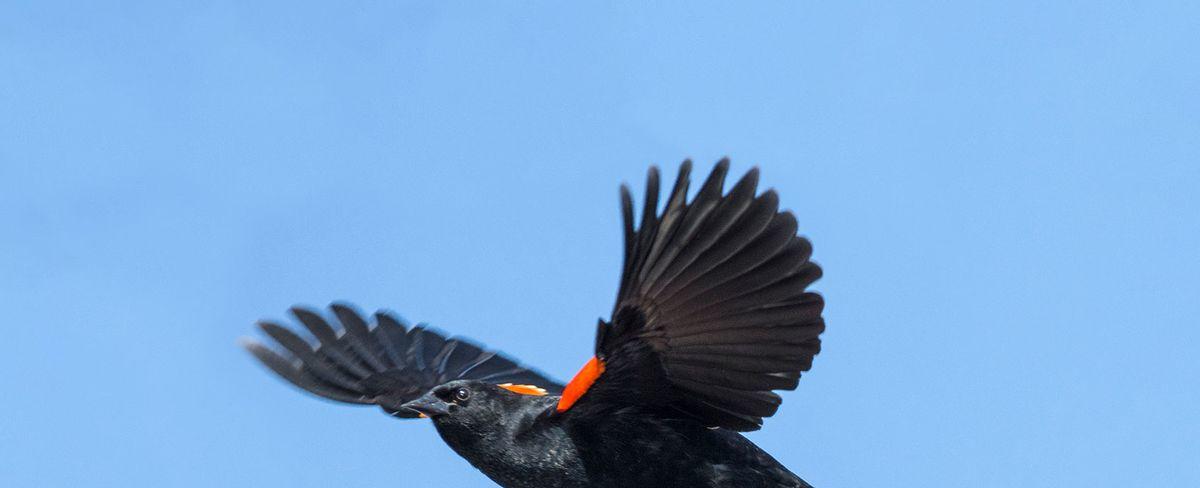Weather whiplash: How climate change killed thousands of migratory birds

As the climate crisis relentlessly unfolds, its devastating effects on wildlife become increasingly noticeable. A recent article from National Geographic titled “Weather whiplash: How climate change killed thousands of migratory birds” outlines a distressing phenomenon happening right now. The deadly combination of unusual weather patterns and habitat destruction is causing mass die-offs of western migratory birds in the United States and Canada.
According to the report, birds such as the Mountain Bluebird, the Western Tanager, and the Yellow Warbler are dying in droves due to extreme weather events, such as heatwaves, blizzards, and sudden cold snaps. These events are directly attributed to climate change, and their effects on bird populations are dire.
The Western Tanager, for example, is suffering from a severely reduced population since their preferred nesting trees are being cut down by the logging industry. As the article highlights, these birds fly thousands of miles from their breeding grounds to their wintering habitats. If they encounter harsh weather conditions along the way or have nowhere to rest due to habitat destruction, they may not make it back.
Furthermore, global warming is causing migratory patterns to shift, which could leave birds without access to their typical food sources or adequate breeding grounds. This, paired with the physical toll of extreme weather events, is making it nearly impossible for some species to survive.
The article provides a clear and concise explanation of the current crisis facing migratory birds and emphasizes that the crisis extends beyond birds to other wildlife and even human populations. It reinforces that climate change is not just an environmental issue, it’s a humanitarian one, as it impacts everything from agriculture to air quality.
As we continue to grapple with the spillover effects of climate change, it’s essential that we recognize the importance of wildlife in our ecosystems and take steps to protect them from further harm. The article ends by suggesting that reducing greenhouse gas emissions, conserving habitat, and supporting conservation initiatives are all necessary steps to ensure a sustainable future for us and the wildlife that shares our planet.
Quick Links

